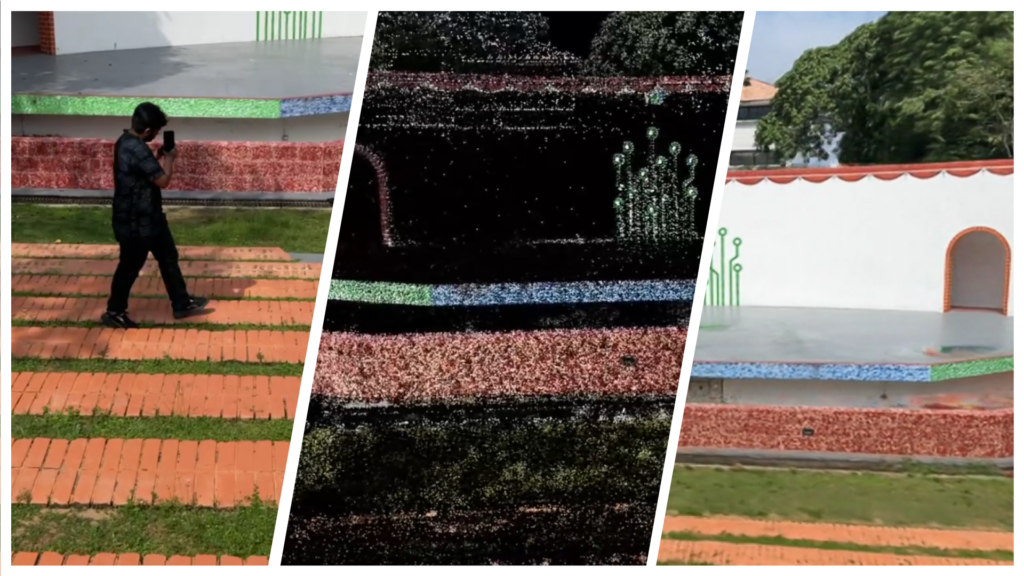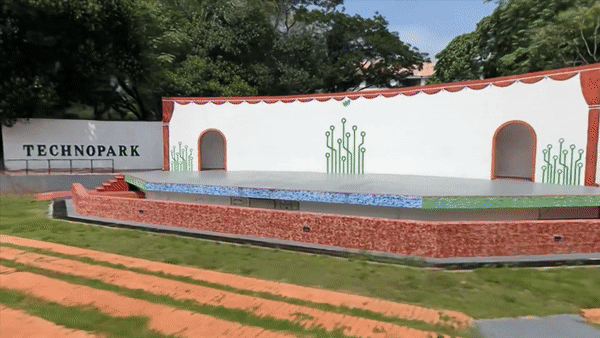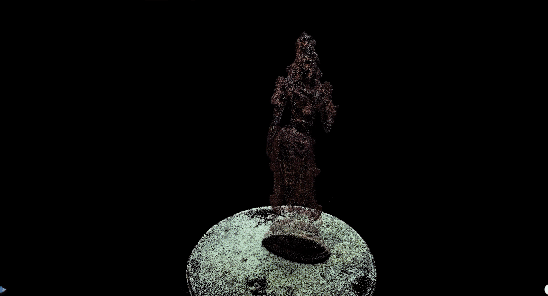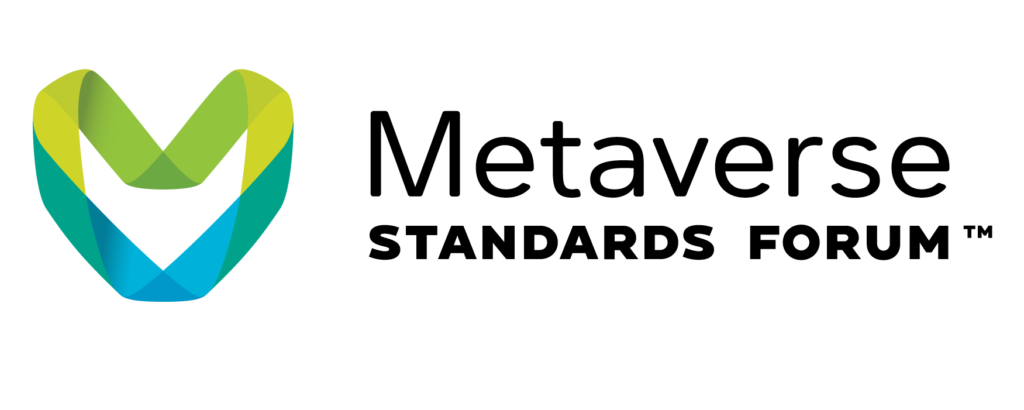3D Gaussian Splatting: Revolutionizing Filmmaking Through Innovation

Introduction
In the dynamic realm of 3D graphics, the quest for groundbreaking rendering techniques is perpetual. Gaussian Splatting, born in 2003 at the University of California, San Diego, stands as a technological marvel. Departing from traditional polygon-based rendering, it introduces a revolutionary point-based rendering system, promising heightened realism and efficiency for filmmakers in their visual storytelling endeavors.
Unveiling the Mechanics of 3D Gaussian Splatting
The Point-Based Approach
Gaussian Splatting’s foundational principle involves representing 3D scenes as a cloud of points rather than the conventional polygon mesh. Each point within this virtual cloud possesses essential attributes—3D position, color, normal vector, and a crucial splat radius, dictating its impact on the 2D viewer plane.
Gaussian Function Modeling
The Innovation comes to life as the contribution of each point is modeled using a radially symmetric 2D Gaussian function. This function, centered at the point’s projected position on the viewer plane, determines the width of the Gaussian curve based on the point’s splat radius. When accumulated in a splat buffer, the cumulative effect of these distributions ultimately forms the final rendered image.
Real-time Computation on GPU
Gaussian Splatting distinguishes itself by executing computations primarily on the Graphics Processing Unit (GPU), a significant departure from traditional polygon-based rendering. This parallel processing capability significantly enhances real-time performance, a critical requirement for swift rendering in filmmaking applications.
Advantages Enriching Filmmaking Experiences

Fine-tuned Detailing
Gaussian Splatting’s exceptional capability to represent intricate and detailed 3D models is a standout feature. This is particularly significant in filmmaking, where visual fidelity plays a pivotal role in crafting immersive and believable environments.
Artifact Elimination
Addressing the challenge of artifacts arising from gaps between polygons, Gaussian Splatting’s point-based approach ensures a more seamless and visually pleasing representation. This reduces the need for post-processing to correct visual discrepancies.
Real-time Efficiency in Previsualization
Gaussian Splatting proves invaluable for filmmakers engaged in previsualization, where quick and efficient rendering of scenes is essential. The real-time performance, coupled with anti-aliasing capabilities, facilitates the swift integration of CGI elements into live-action footage during the planning stages of a film.
Futuristic Applications in Filmmaking
Simulating Realistic Effects
Beyond previsualization, Gaussian Splatting excels in post-production processes, especially in simulating realistic effects. The technique proves adept at rendering detailed elements such as fire, smoke, and liquids, allowing filmmakers to seamlessly integrate visually stunning and lifelike special effects into the live-action environment.
Optimizing Animation Rendering
For animated films, Gaussian Splatting contributes to creating visually striking and detailed scenes. Its unique approach allows animators to achieve a level of detail and realism previously challenging traditional rendering techniques. The resulting animations are vibrant and boast a level of intricacy that captivates audiences.
Looking Ahead: Future Prospects and Developments
Dynamic Simulation Challenges
While Gaussian Splatting has demonstrated immense promise, challenges persist, particularly in dynamic simulations. Ongoing efforts are directed toward optimizing the technique for handling complex dynamic elements such as fluid simulations and evolving particle systems.
Harnessing Depth Sensors
The utilization of massive point clouds generated by depth sensors represents a frontier for Gaussian Splatting. Ongoing research aims to harness this data more effectively, opening avenues for even more realistic and detailed renderings.

Conclusion: A Glimpse into the Future of Filmmaking
As we navigate the ever-evolving landscape of 3D graphics, Gaussian Splatting emerges as a technique and a transformative force in filmmaking. Its ability to enhance detail, eliminate artifacts, and provide real-time efficiency positions it as a valuable asset for filmmakers seeking to push the boundaries of visual storytelling.
Ongoing research and development in dynamic simulations and the integration of depth sensor data hold the promise of unlocking new dimensions in the realm of Gaussian Splatting. For now, it stands as a testament to the continuous pursuit of Innovation in 3D graphics and filmmaking, offering a glimpse into the exciting possibilities.










